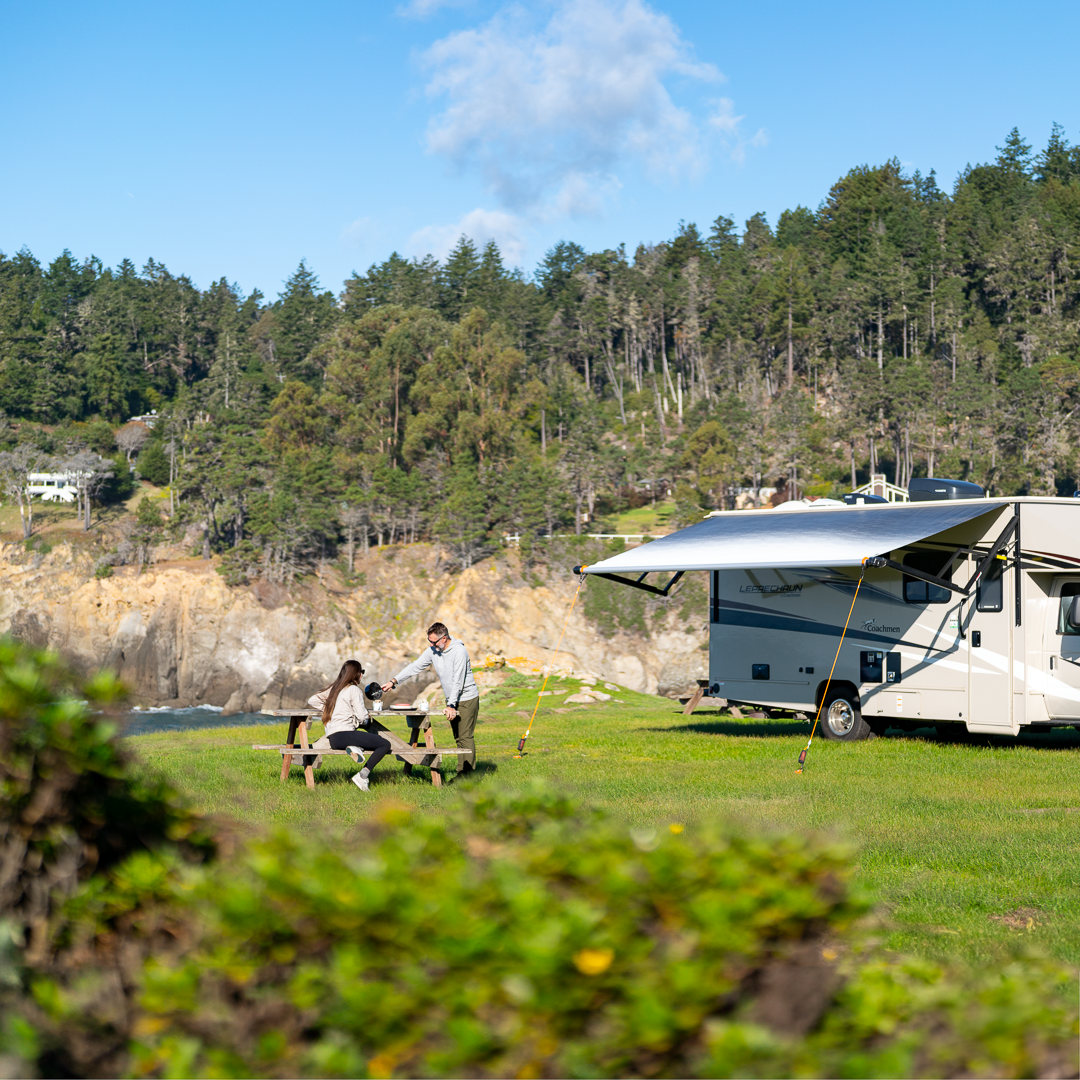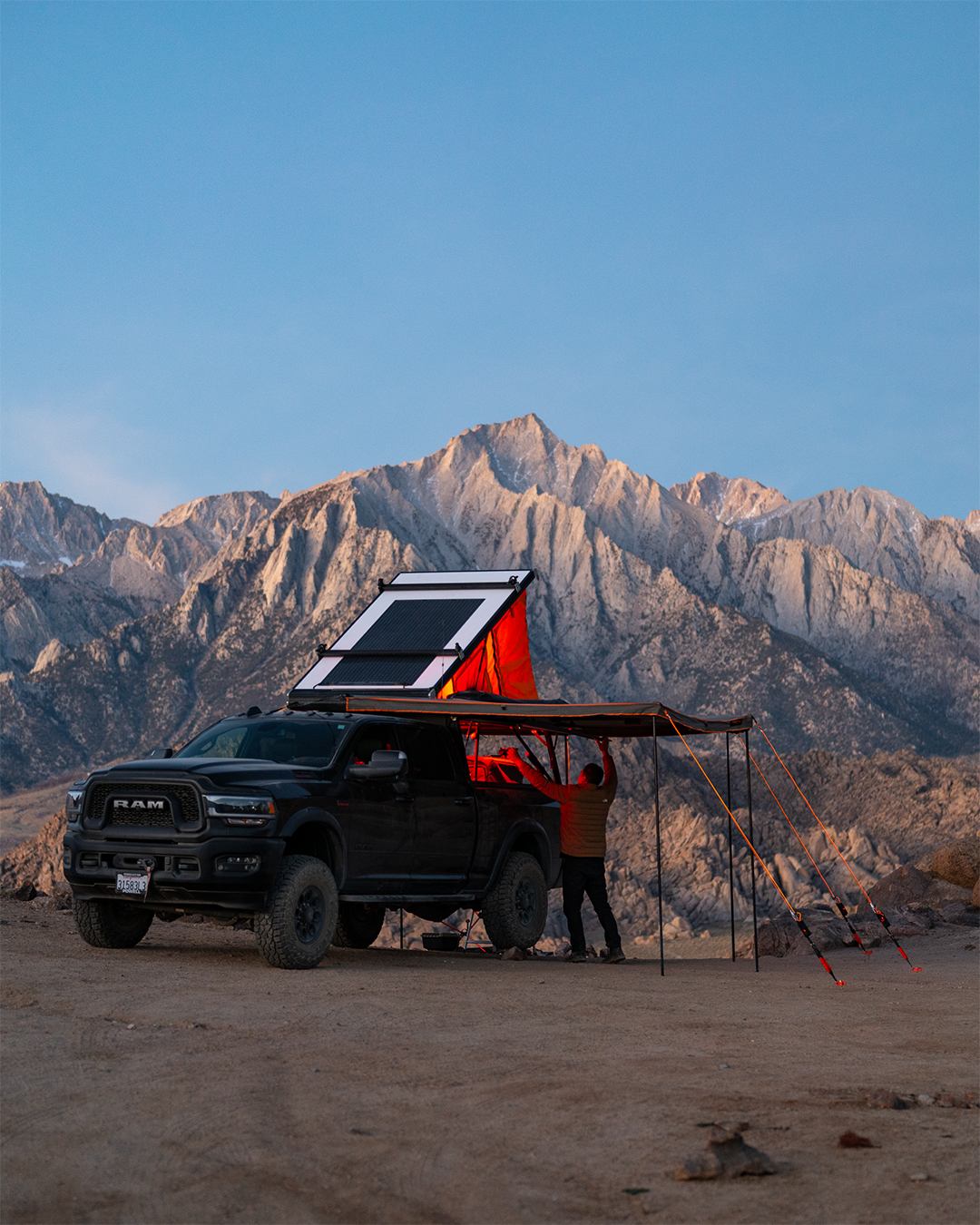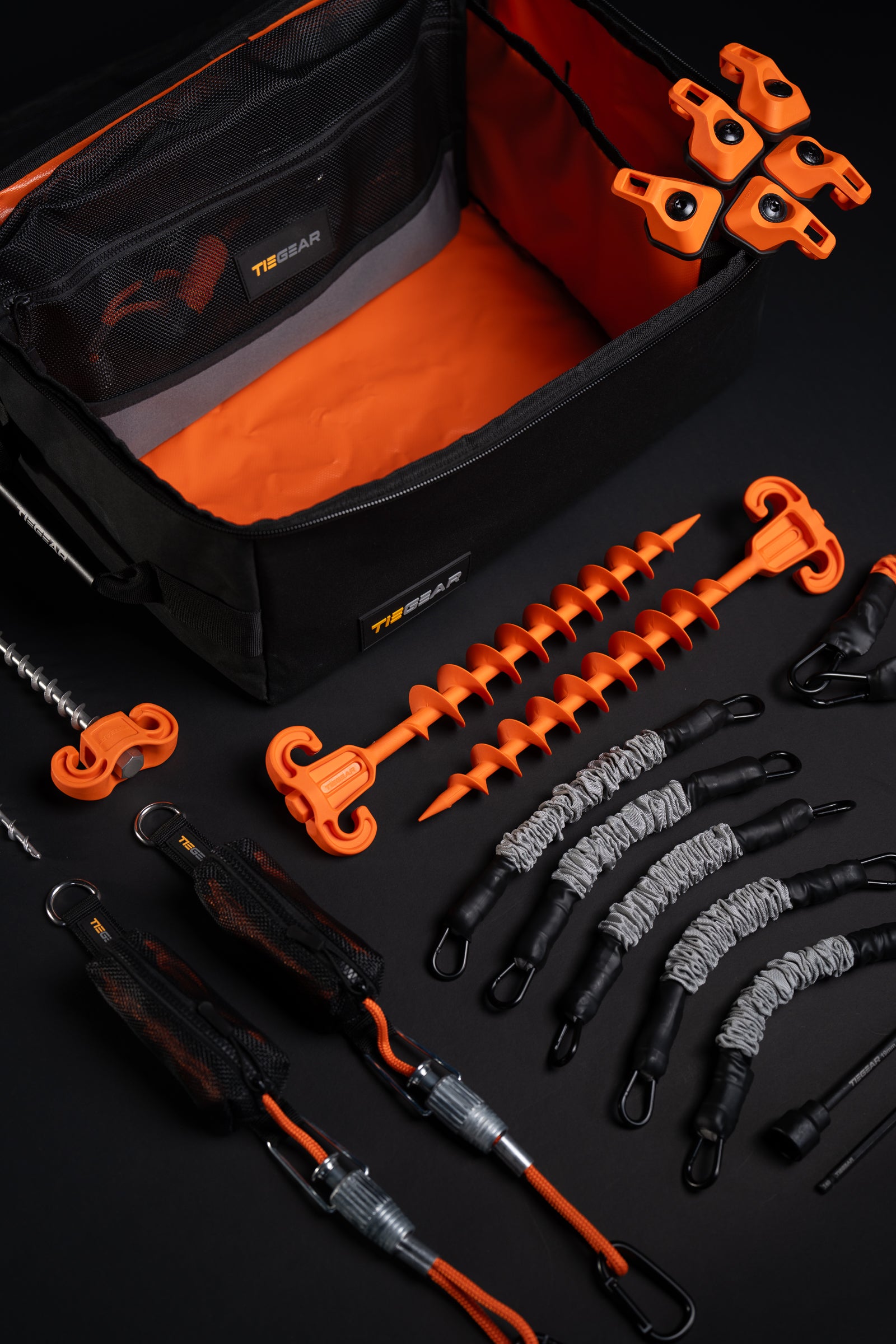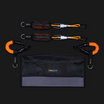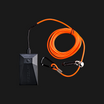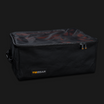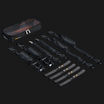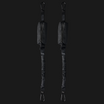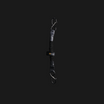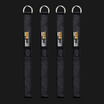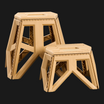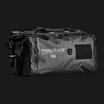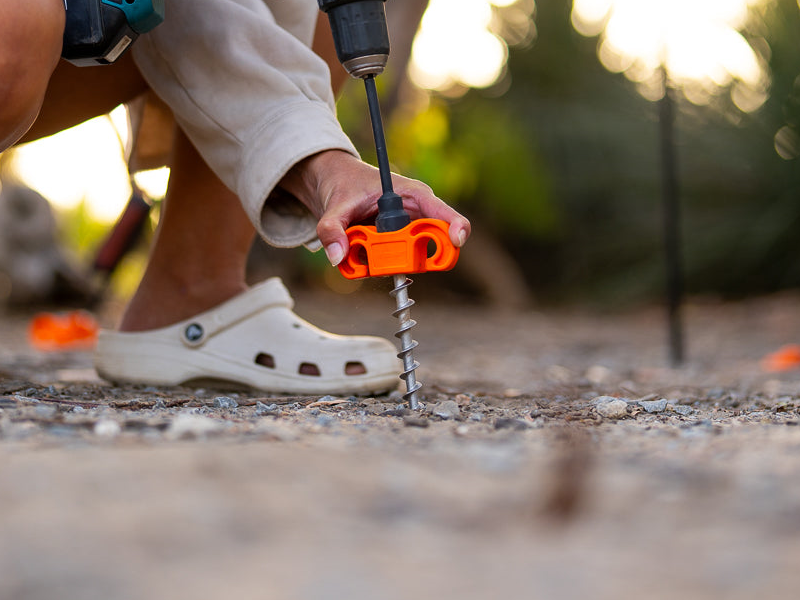Pitch with purpose. Our guide to guy ropes helps you stay steady when nature puts on a show.
Solitude in the wild offers a kind of stillness you can’t find anywhere else. It’s a way to unplug from the daily grind, find refuge under moss-cloaked, old-growth forest, and see stars shine at their brightest as they roll above the treeline. And while it might look as easy as pitching up and calling it a night, there’s a bit more to it. Wind doesn’t read instructions, meaning a well-thought-out setup makes all the difference.
Knowing how to secure and tension your guy ropes is as essential as choosing the right spot to pitch, whether you’re losing yourself in the landscapes of Alpine National Park or waking up to the sound of waves across Ningaloo Reef.
Scroll on for our guide on how to use guy ropes.
What are guy ropes?
Those simple cords, fluttering from the sides of your tent, serve a far greater purpose than looks alone. When the wind rises or the weather turns, they lock your shelter into the landscape. They don’t get much glory, but without guy ropes, even the best tent becomes a kite.
Modern tents often include guy-out points. It’s those tough little loops or grommets that keep your shelter secure on the rainfly. Some tents skip them, but once you’ve pitched in a storm with everything properly guyed, you’ll never take a chance on “winging it” again.
How to use guy ropes: Step-by-step
1. Start with your tent pitched and staked – Guy ropes are the finishing touch. Once your tent's looking respectable, identify all the guy-out points. These are usually positioned at the tent's stress points: mid-panels, vestibule corners, and anywhere the fabric might flap like a surrender flag in the wind.
2. Attach the rope to each guy-out point using the pre-tied loop or a simple bowline if you're feeling nautical. The rope should extend roughly 45 degrees down from the attachment point – this angle gives you the sweet spot between downward pull and outward tension.
3. Stake it down about 6-8 feet from your tent, depending on the rope length and terrain. Here's where it gets interesting: you want enough tension to eliminate fabric sag, but not so much that you're turning your tent into a drum skin. The fabric should be taut but not stressed.
4. Fine-tune the tension using the rope's adjustment mechanism. Most decent guy ropes come with sliding tensioners or cord locks that let you dial in the perfect tightness without re-staking.
Tips for better stability
Angle matters more than you think.
That 45-degree rule isn't just for show – steeper angles provide better downward force, while shallower angles offer more lateral stability. Read the conditions and adjust accordingly.
Create guy-out points where none exist.
Carry a few mini carabiners or even safety pins to create temporary attachment points on older tents. Sometimes, the best guy-out spot is where the manufacturer didn't think to put one.
Use what's around you.
Trees, rocks, even your trekking poles, can serve as anchor points when the ground won't take a stake. Just remember to protect tree bark with webbing or cloth. The ‘leave no trace’ principle applies to guy ropes too.
What are some common mistakes to avoid?
- Over-tensioning is the rookie error that'll have you replacing tent fabric faster than you'd like. Tight enough to eliminate flapping, loose enough to flex with gusts.
- Forgetting about thermal expansion. Ropes tighten as temperatures drop, potentially stressing your tent overnight. Leave a little slack if you're expecting temperature swings.
- Creating trip hazards with poorly positioned guy lines. Reflective tracers may look good, but they're actually important safety features. Position ropes where foot traffic is minimal, and always stake with visibility in mind.
Discover Guy Ropes from Tiegear
A solid shelter means you can sleep soundly through a gusty night, wake up dry after a surprise shower, and kick back knowing your setup can handle whatever the weather throws your way.
When you’ve taken the time to pitch properly, what you’re really securing is the best seat in the house — sunrise over peaceful mountaintops, morning coffee serenaded by birdsong, and an infinite blanket of twinkling lights through the mesh. That’s the kind of peace of mind every good adventure deserves.
Discover our guy ropes and pegs for your awnings, tents and gazebos. At Tiegear, you’ll find gear that looks sharp and holds firm, no matter the weather.

